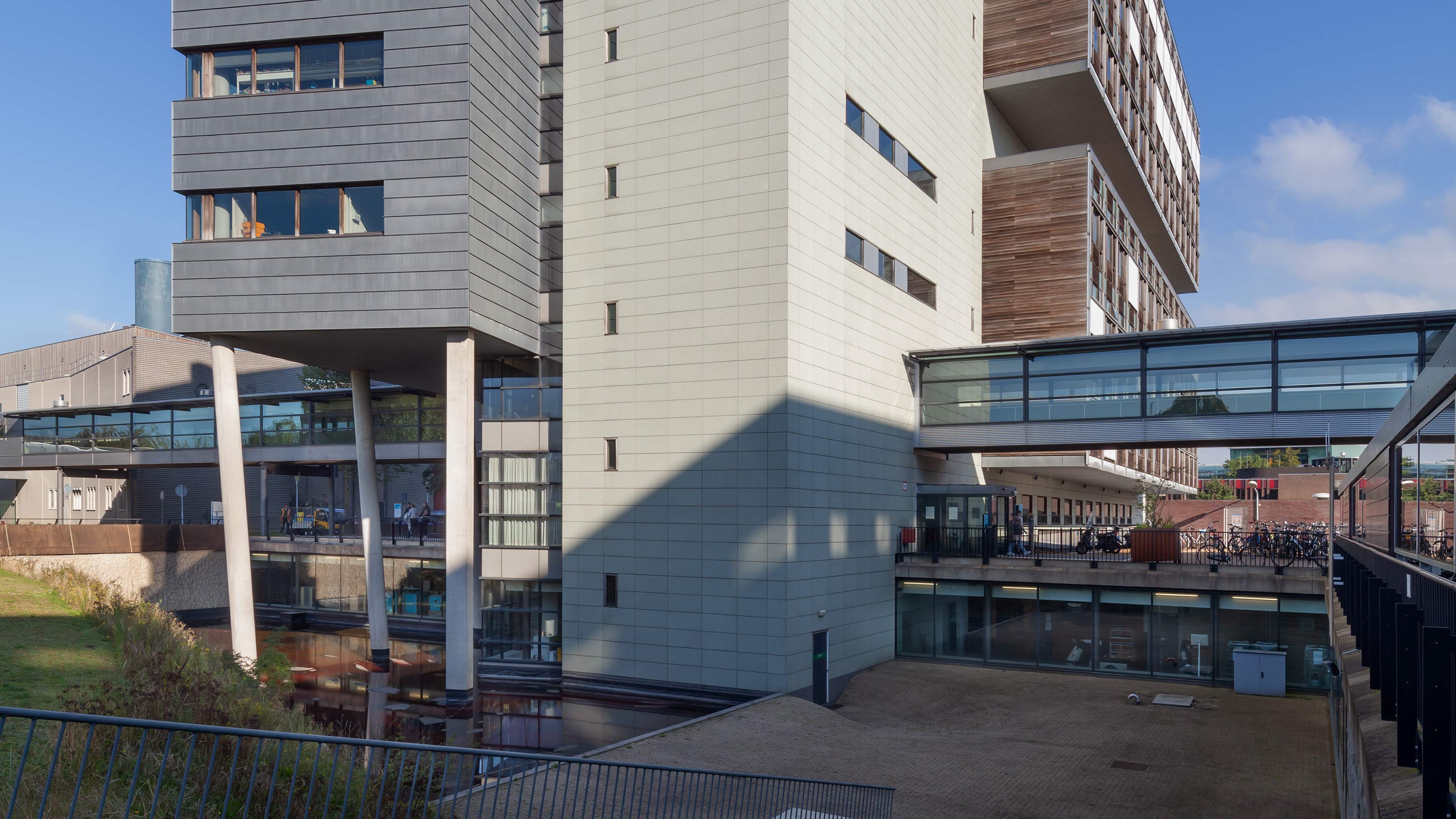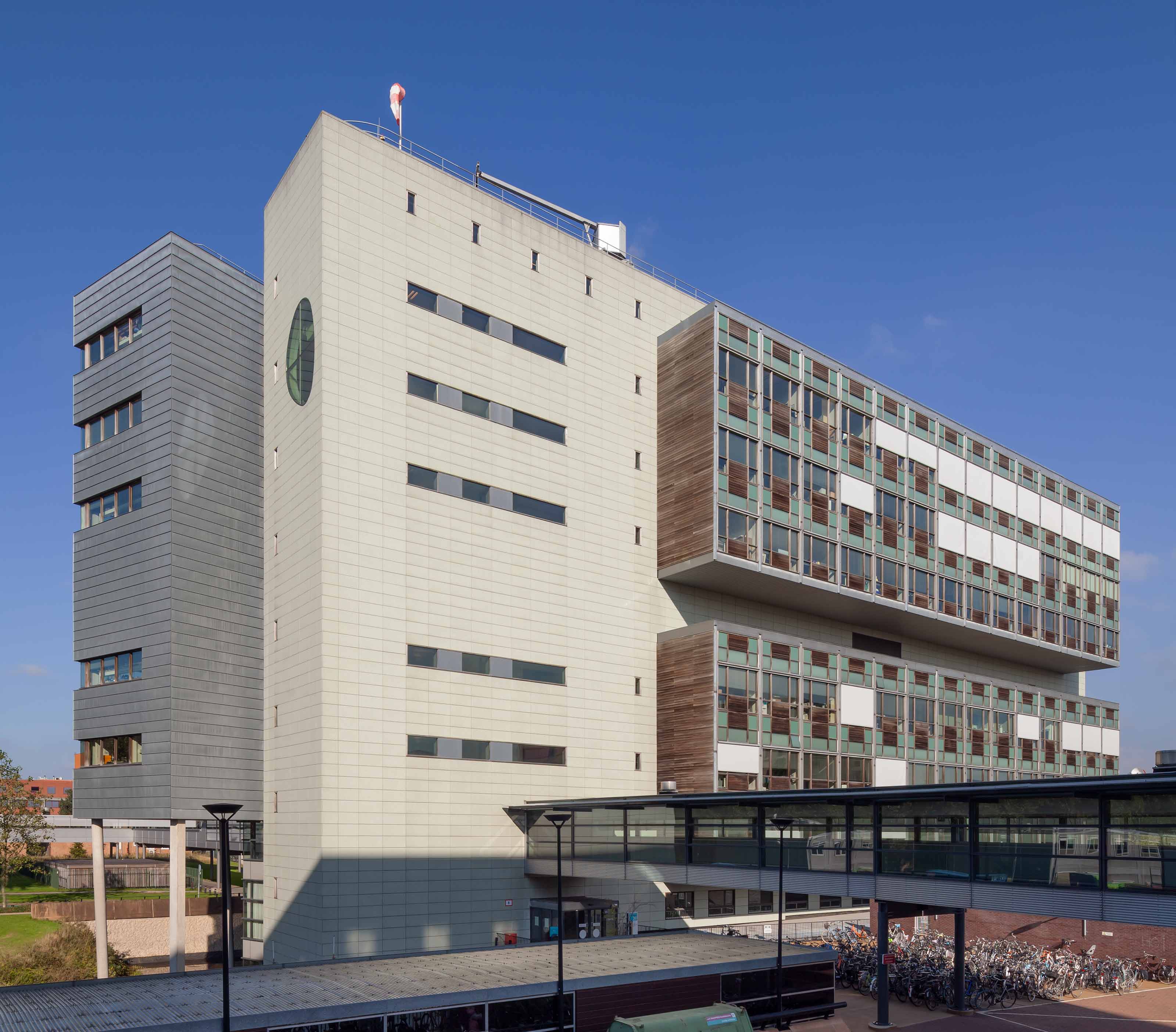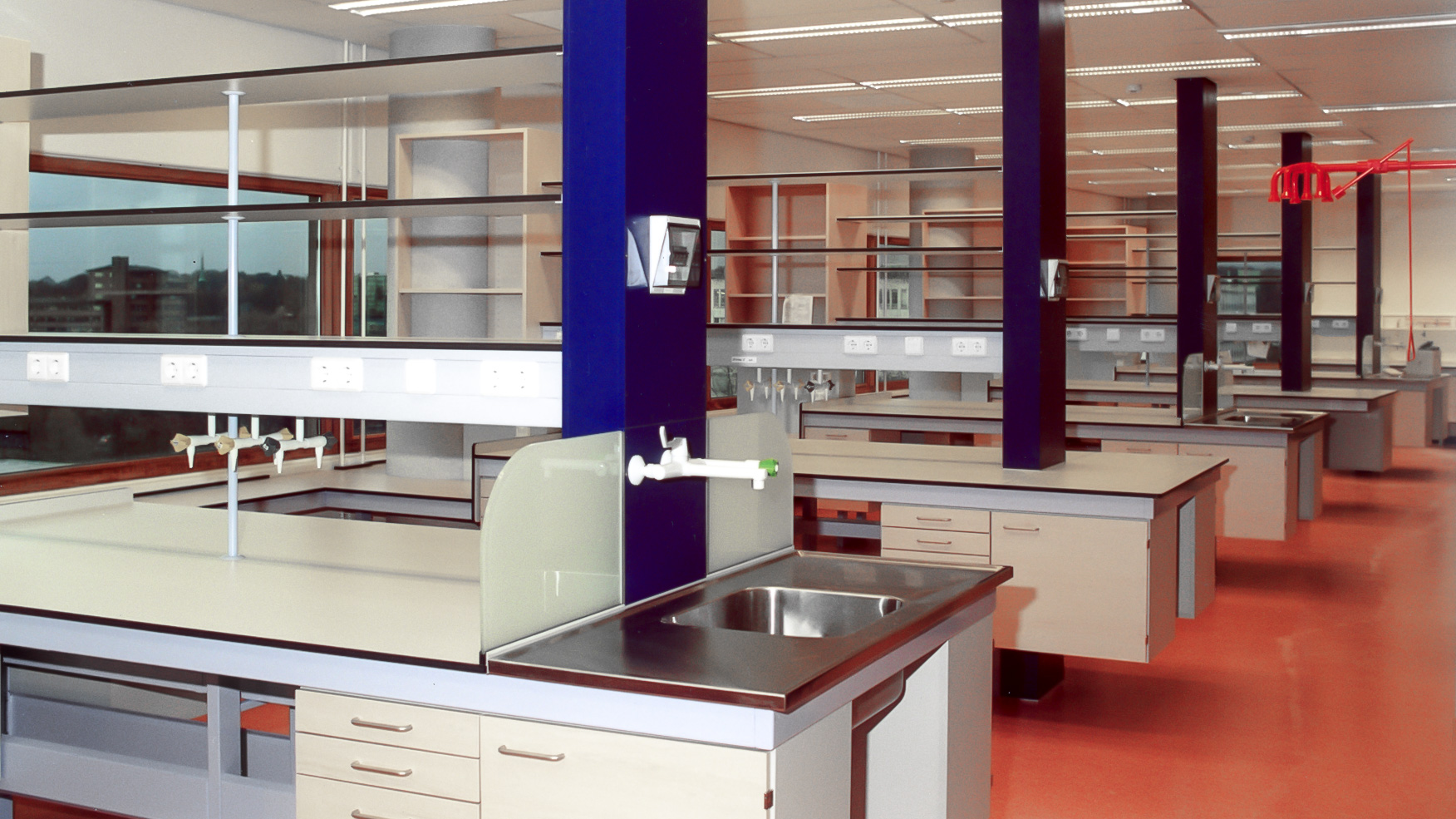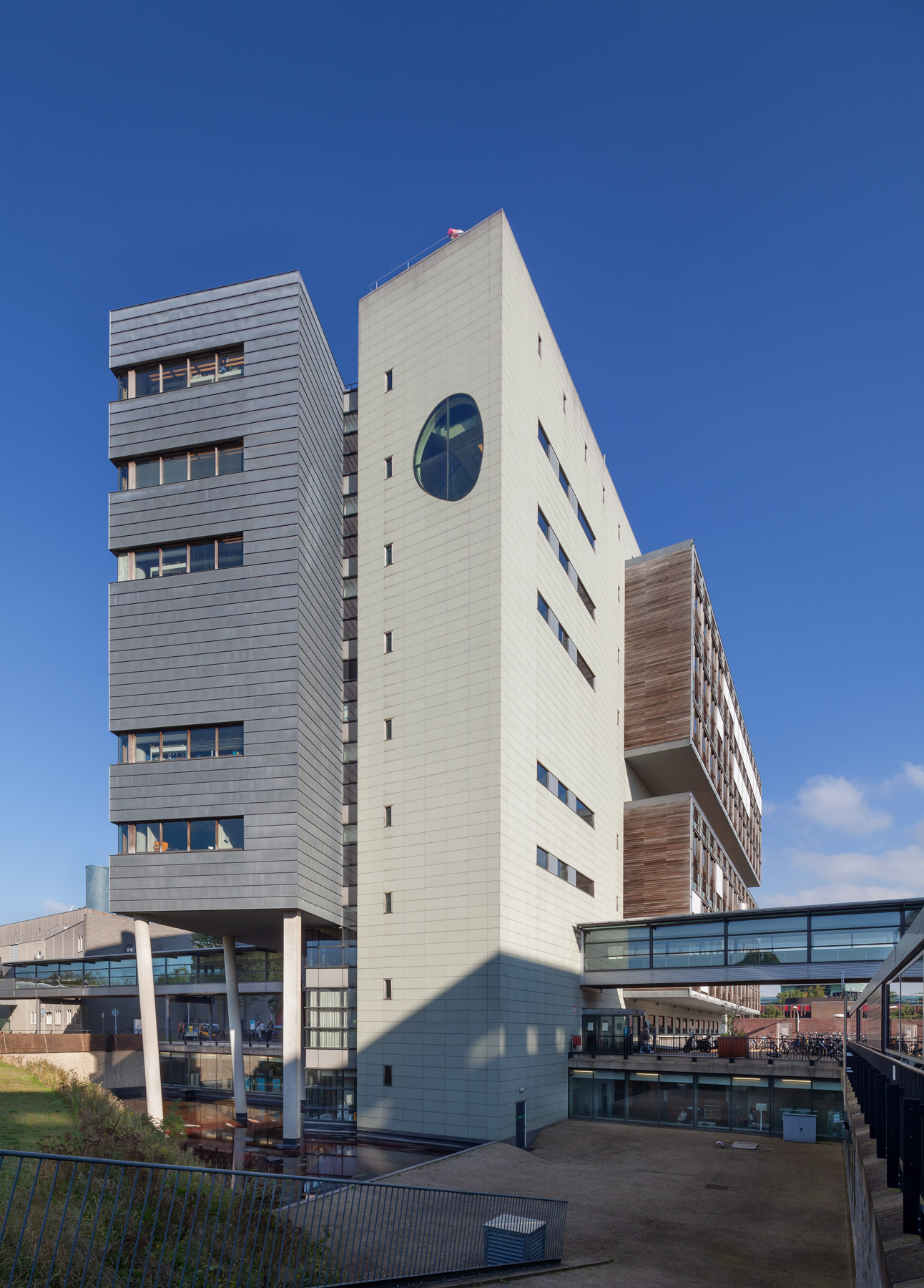The heart of excellent and pioneering scientific research
With this state-of-the-art research building, which stimulates knowledge exchange and efficient working processes, Radboudumc has been leading the way for decades in shaping the healthcare of tomorrow. The main occupant is the Radboudumc Institute for Molecular Life Sciences (RIMLS), one of the three research institutes at the medical centre
View the entire projectThe Radboudumc wants to improve all the time, aiming for better healthcare, research and education every single day. That calls for a suitable building. The newly built Research Tower groups together the research laboratories, which were previously scattered around various buildings. The main occupant is the Radboudumc Institute for Molecular Life Sciences (RIMLS). The grouping stimulates collaboration between the various disciplines, such as biochemistry and molecular biology. The research taking place here today helps prepare the medicine and treatment of tomorrow.
The development of new medicines and treatments occurs much faster if you bring people together and connect them. The Radboudumc has experienced that for years. For example, the scientific (and multi-prizewinning) research at the leading RIMLS has a positive impact on healthcare. The research building houses the research groups of the Radboudumc and the Faculty of Natural Sciences at Radboud University. The building’s central squares with meeting areas and plentiful daylight stimulate knowledge exchange and interaction.
Pioneering research through efficient collaboration
The RIMLS is a leading multidisciplinary research school that conducts fundamental scientific research, at molecular level, into mechanisms that play a role in illness. The more knowledge that is available in this field, the better sicknesses can be treated. To this end, efficient working processes that encourage collaboration are essential. And they yield results: the worldwide breakthrough in the live-imaging technique – research in living cells – took place at the RIMLS.
Organic design with elegant appearance
The research building is located on the eastern side of the campus and was the second step in the major transformation process in the late 1990s. When constructed started, the exact height of the building had not been determined. So the initial challenge for EGM was to design a low-rise, horizontal building, which later became tall and vertical. The solution for this lay in the use of various materials: a metal facade on the north side combined with a warm, wooden facade on the south side. They give the large building an elegant appearance. The research building eventually became an eleven-floor structure.
Optimal natural lighting conditions
The Research Tower consists of a logistics centre located underground, above which are the RIMLS laboratories and offices (supported on columns). This height difference ensures the optimal admission of natural light. The building is designed in such a way that it facilitates efficient and effective collaboration. The laboratories line the long northern side, while the southern side mostly consists of offices and workspaces, where the research continues digitally. Both sides are connected to each other by a special open zone in the centre. Also positioned in this central zone of the building is a staircase to further boost collaboration. This staircase takes the striking form of a double helix, the contours of a DNA chain, which symbolizes the focus area of the researchers.
Logistical heart of the campus
The central supplies for the entire campus are organized from within the research building. The process is concentrated on the lowest level, -1, where the Central Sterilization Department (CSA) is also located. This level connects with the rest of the university medical centre. Daylight reaches all work areas here, too, making it really feel as though the logistics centre is located at ground level. EGM is currently working on relocating the CSA. The department will move to a new adjoining volume at -1, on the side of Geert Grootteplein. Though this move, the roof of the new CSA will, in an innovative way, become part of the square where visitors and patients can enjoy the fresh air while strolling around green surroundings.
Constant links between education, research and healthcare
The Research Tower is one of the first buildings constructed in the step-by-step redevelopment of the campus. EGM has been working on the renewal of the building up to today. And the more the campus takes shape, the greater the role of the research centre in visibly connecting education and healthcare. All of this is aimed at improving public health – today and in the future.
Photography: EGM architects | Scagliola+Brakkee




